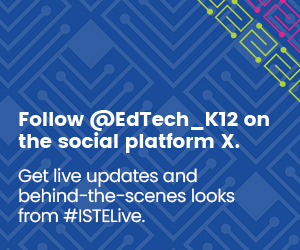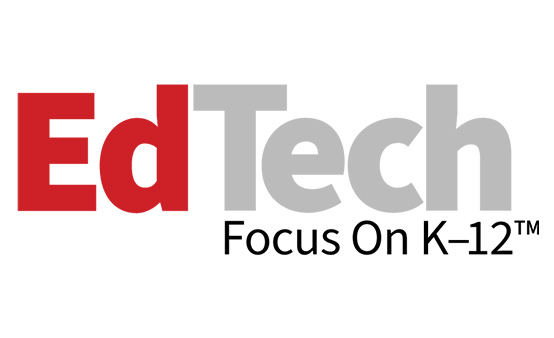This can be done by building AI literacy, which is “having the knowledge, skills and attitudes needed to understand how AI technologies work and how to use AI technologies ethically and effectively,” Black said. As technologies evolve, “AI” in this definition can be replaced with the next big thing.
“The nice thing about framing it this way is it doesn't matter how many times emerging technologies come out, you will be ready because you framed it in this way,” she said. “So, if a new technology comes out, you just plug it in.”
5 Key Strategies for AI Literacy in Pre-K Through Grade 5
The panel shared ways educators can build this foundation in their students.
1. Illuminate What AI Is
In getting young students to understand what AI is, it’s important to drive home the fact that AI is a technology, not a person, which is why word choice is important, Black said.
LEARN MORE: Research from CDW shows how organizations are using AI.
“They're computer programs that are programmed by humans,” she said. “We say that on purpose, because they're not magic and they're not alive. We say they’re able to perform complex tasks that require intelligence. Again, we want them to know that AI is not actually intelligent. It does not actually understand what it's doing.”
Remember that generative AI is only a small piece of what the term “artificial intelligence,” encompasses, Black said, so educators should not feel pressured to cover it all with their younger students.
These students are interacting with AI whether they know it or not, be it through their smart home devices, photo apps or noise-canceling headphones.
“We're not talking about future readiness or college and career readiness here,” Black said. “We're literally talking about supporting our students and understanding the way their current world works.”
2. Ground in the Five Big Ideas in AI
Michelle Velho, STEAM co-director at Hudson Montessori School in New Jersey, outlined the “Five Big Ideas in AI,” as defined by AI4K12, a joint effort of the Association for the Advancement of Artificial Intelligence and the Computer Science Teachers Association. Those are perception, representation and reasoning, learning, natural interaction, and societal impact.
DISCOVER: Approach STEM in an age-appropriate way with younger students.
Perception, Velho said, involves using the five senses to experience the world around us. For example, we hear a bird chirping and can match it to the bird it came from. Sensors work in a similar way.
“A sensor is a device that allows a machine to perceive the natural world,” Velho said. “They will hear these words when talking about artificial intelligence, so explaining it in a context that they can visualize and understand is always helpful.”
3. Be Intentional With Gen AI
For younger students, intentionality with generative AI means incorporating it into the lessons they’re already learning, said Karen Griffin, instructional technology coach for Newport News Public Schools.
“Even though my 4-year-olds are not planning their careers, I know the world they enter into is going to look so different, and I wanted to give them the tools to be able to enter that more confidently,” she said. “That's when I started to think about intentional connections in the learning that's already happening.”
For Griffin, that means making a connection to language — specifically, descriptive language that can be used for writing prompts. For example, when a teacher asks a group of students to draw a mouse with a tall hat, no two pictures will be the same.














